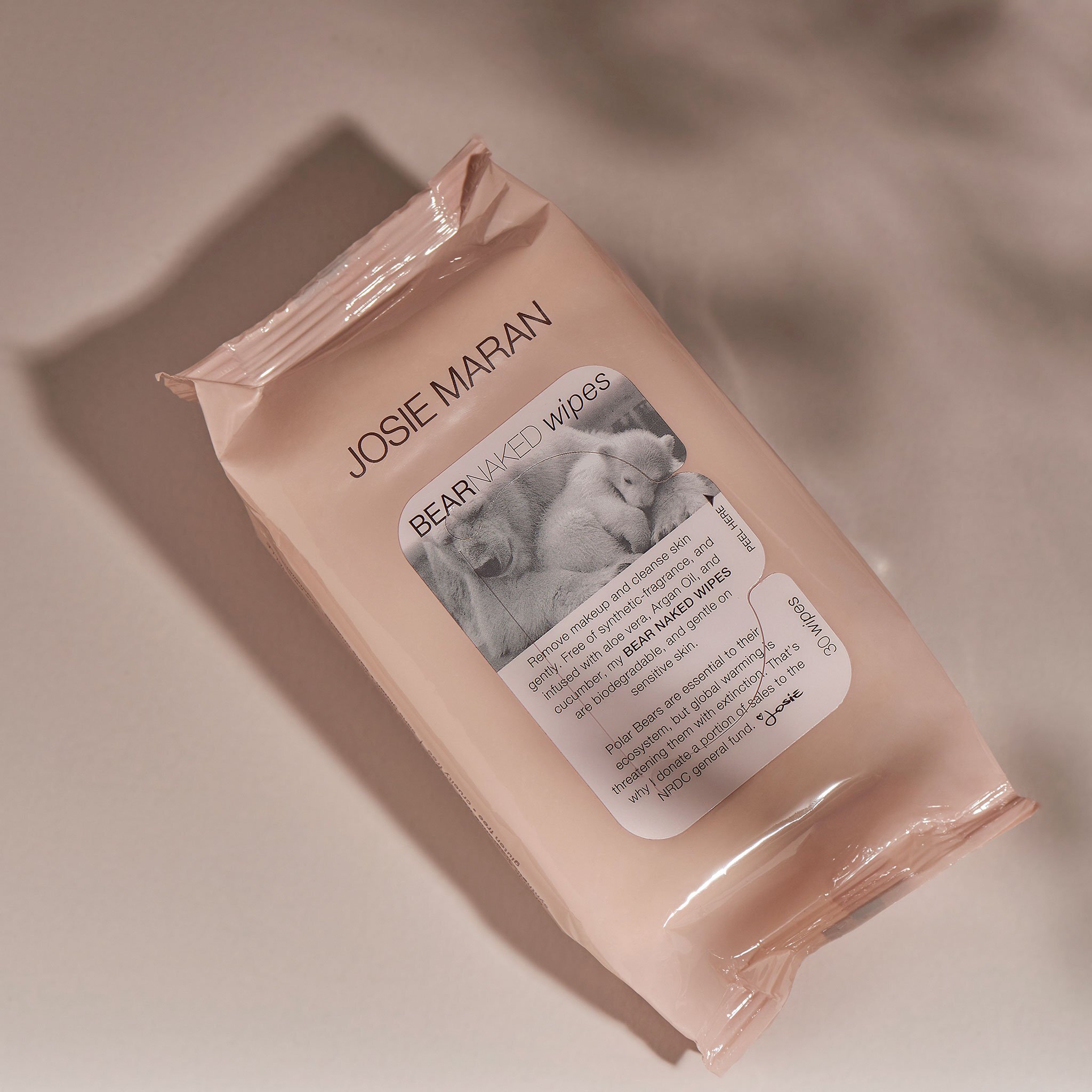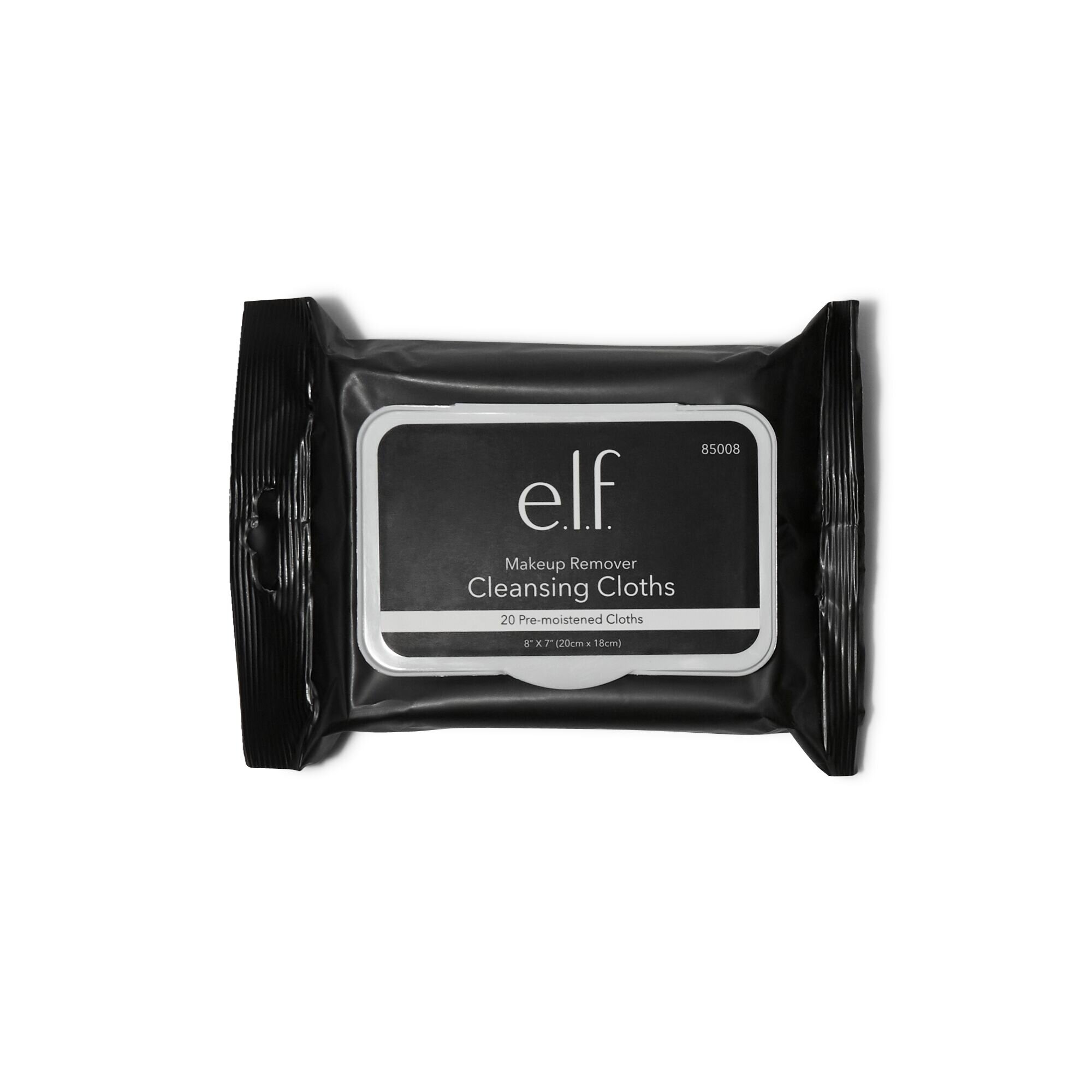All About Makeup Wipes
Photo from Pinterest
Cleansing your skin at the end of the day is an essential part of any skincare and even makeup routine. One of the most popularized methods of taking off the day is using makeup wipes. They are convenient, travel-friendly, and the simplest first step you can think of. However, can your makeup wipe be doing more harm than good? Today, I took a page out of Beauty Expert, Susan Yara’s handbook and unpacking the topic of makeup wipes. I’ve compiled a list of the most searched questions about makeup wipes and today we’ll be breaking them down. Also, we’ll be looking at what are some better alternatives.
VIDEO
QUESTIONS
What are makeup wipes made of?
Many wipes; but not all, are regulated as cosmetics; it depends on their intended use. For all intents and purposes, the ones intended for cleaning or moisturizing the skin (baby wipes, makeup wipes) are regulated as cosmetics. According to FDA.gov, right now, “the law does not require cosmetic products or ingredients, other than [colour] additives to have FDA approval before they go on the market.” I don’t know about you, but this alone is enough to raise some questions for me but we’ll get more into the specifics later.
Wipes are made from a few different materials including polyester, cotton, wood pulp, and rayon to name a few. And some of the ingredients include moisturizers, surfactants, and preservatives to prevent bacteria growth and mold.
Check out “Stink,” an informative documentary on the chemicals in consumer products.
How do makeup wipes work?
Firstly, compared to doing nothing, using makeup wipes are great. Its better than sleeping in makeup (which you should NEVER do) but it’s not that much better. If you’ve ever used makeup wipes, you’ll know that it often takes a lot of scrubbing at the skin to get anything off. Once you’re done, your skin will be slightly irritated, and red. Especially when it comes to your eyes, you don’t want to be using that much effort to remove eye makeup.
Makeup wipes do not actually remove the makeup and SPF from your skin, instead it smears around makeup, dirt, and dead skin all over your face. This act of scrubbing your skin will actually push this layer of product further into the pores. In addition, this low grade inflammation can overtime promote an increase in skin pigmentation and wrinkling of the skin. Makeup wipes are also filled with a lot of ingredients that can overtime irritate the skin. With all of these possible damages, it’s just not a good idea to use them for this purpose.
“Rubbing can cause low-grade inflammation that, over time, can promote skin pigmentation or even early wrinkling”
Are makeup wipes bad for the skin?
“Makeup wipes are quick and convenient but not optimal for overall skin health”
I mentioned earlier that there are a lot of ingredients in makeup wipes that make them potential irritants to the skin. While there are too many ingredients for one blog post to cover, there are four prominent ingredients you want to be aware of.
Fragrance
This ingredient, also known as "parfum”, is highly irritating to the skin. Fragrance falls into the cosmetic loophole in the Fair Packaging and Labeling Program which states that “brands do not have to list ingredients that would reveal a trade secret.” A lot of companies use fragrance to camouflage hundreds of ingredients in their products.
The skincare world has taken a natural turn and I’m all here for it. But there are still areas where you need to be concerned. Even natural fragrances like essential oils can be irritating to the skin. You’ll want to be aware of labeling on products. As we’ve previously discussed, companies can put all types labeling on their products in attempts to green-wash their brand. Be aware of the difference between unscented products and fragrance-free products because there is a difference.
Unscented products may contain other ingredients to mask the scent of the irritating ingredients already in the product
Fragrance-free is actually fragrant free; the ingredient is not primarily added for fragrance although it may still have a scent (think cocoa butter).
Fragrance in your product, in general, is something to look out for as they are not regulated by the FDA and companies can use this ingredient to hide over 140 chemicals that they are not required to share under the cloak of “trade secrets.”
“Unscented products are formulated to have no smell but can contain ingredients that have a smell but the smell has been neutralized by other components. A fragrance-free product cannot contain any ingredients that have been added to impart a smell but may contain ingredients that have a scent but are not added because of their scent... [If] a cream is made with an oil that has a smell, it could still be labeled as fragrance-free because the purpose of the oil is to act as an emollient, not as a scent. But it could not be labeled unscented. ”
Alcohol
This ingredient is used as a preservative and as an anti-microbial ingredient. It is great for the product to increase its shelf life but is is not the best thing for the skin. Some alcohols are safe for the skin and you’ll find a lot of your favourite products have non-drying alcohols. But the most common drying alcohols to look our for in your wipes are Bonopol and Phenoxy-ethanol. While these ingredients are generally harmless in small doses, they can still dry out and irritate the skin in high doses; aka consistent use.
Bronopol has been flagged by the Environmental Warning Group [EWG] ingredient information site as highly hazardous because it is believed to be a formaldehyde-releasing preservative. They produce Nitrosamines; a substance that has been found to be potent lung carcinogens. With that being said, it is still unclear how much Bonopol itself releases formaldehyde or if even at all but it’s still something to be aware of.
Phenoxy-ethanol is labeled by the EWG as moderately hazardous. According to the Scientific Committee on Consumer Safety it is only considered safe in concentrations of 1%. PE causes skin and lung irritation and can be toxic to kidneys, nervous system and liver; it can cause severe organ damage over time. It has been linked to allergic reactions in some rare cases.
One thing to note, is this ingredient is also a ingredient considered "good" as a preservative and is found in a lot of clean skincare products on the market. I advise reading up on it the ingredients in your products as you are choosing them and decide for yourself. The main thing to be concerned with is how the products are formulated, and the percentages of the concentrations.
Parabens
These are a group of preservatives that have been all over skincare news over the last decade. Essential parabens inhibit the growth of bacteria, and fungus in a product. The problem is that parabens have been linked to endocrine disruptors; ingredients that interfere with hormones, reproductive health, the bodies metabolism and numerous other aspects of the body.
“EDCs have been linked to a wide range of pathologies and long-term effects. This include a wide range of direct endocrine and reproductive effects such as infertility, defects in gametogenesis, structural changes in sexual organs (endometriosis, hypospadias and so forth), alteration in the normal onset of puberty and puberty-related development. Further effects include alteration of the insulin response leading to diabetes, metabolic syndromes and obesity, as well as the promotion of breast, testicle and prostate cancer.”
Polyethylene Glycol
PEG is a common additive in products to increase the penetration and effectiveness of the ingredients. It has a moderate hazard rating from the EWG website. By it itself, it is not generally considered toxic, but combined with potential irritants, and harmful ingredients it could maximize their damaging effects.
Are makeup wipes bad for the environment?
As mentioned above, makeup wipes can be made from various materials. A lot of popular brands make their makeup wipes from polyester (aka plastic). These wipes, unfortunately, do not compost and are piled up on landfills for years to come. Even flush-able wipes are not actually flush-able, do you’ll want to dispose of them properly. Basically, if they are made from plastic, they are not leaving the earth.
It is possible to find wipes made from other materials that actually do decompose. Cotton, wood pulp and rayon are degradable so that is a better option, but it will take decades to biodegrade. I would recommend searching for bamboo wipes if you cannot give them up because they are much better for the environment. A quick search on the internet will reveal a plethora of options to choose from.
Are makeup wipes the same as baby wipes
To keep things straight forward, no they are not the same. The purpose of makeup wipes is to be used in your makeup routine, and baby wipes are to help clean your babies. Baby wipes simply do not contain the surfactants that would be powerful enough to remove makeup. So if you’re expecting baby wipes to remove your makeup, you’ll sadly be disappointed (buy hey, neither to makeup wipes).
Personally, I do opt for baby wipes in my makeup routine. They are much cheaper, are have fewer ingredients, they are not as harsh as they are intended baby-humans. They are not as discrete, and the packaging is not as pretty but no one but myself is seeing them so personally I don’t mind.
What makeup wipes are oil-free/cruelty-free, vegan?
If you’re looking for environmentally conscious skincare, makeup brands and products, the best place to start is with blogs that have already done the research for you. Here are two of my favourite places to start:
Here are a few options for vegan and cruelty-free makeup wipe options:
Safety Tips
Wash your face immediately after use to ensure the ingredients to linger on the skin
Do not use on open wounded skin
Use wipes as directed
Keep containers tightly closed to prevent the product from drying out
Discard wipes immediately after use
Store properly
Check the list of ingredients to prevent allergic reactions or sensitivity
Stay informed: be aware of cosmetic ingredient news and product recalls
I do want to re-iterate that I am not a licensed dermatologist, and everything that I am sharing with you is based on my research that I have done and the opinions I have formed afterwards. If you want to use makeup wipes knowing all of this information, that is completely your decision. But for me and my household (lol) it won't be a part of my daily routine.
Resources
Cosmetic Labeling Guideline Canada
Cosmetic Labeling Guide FDA USA





